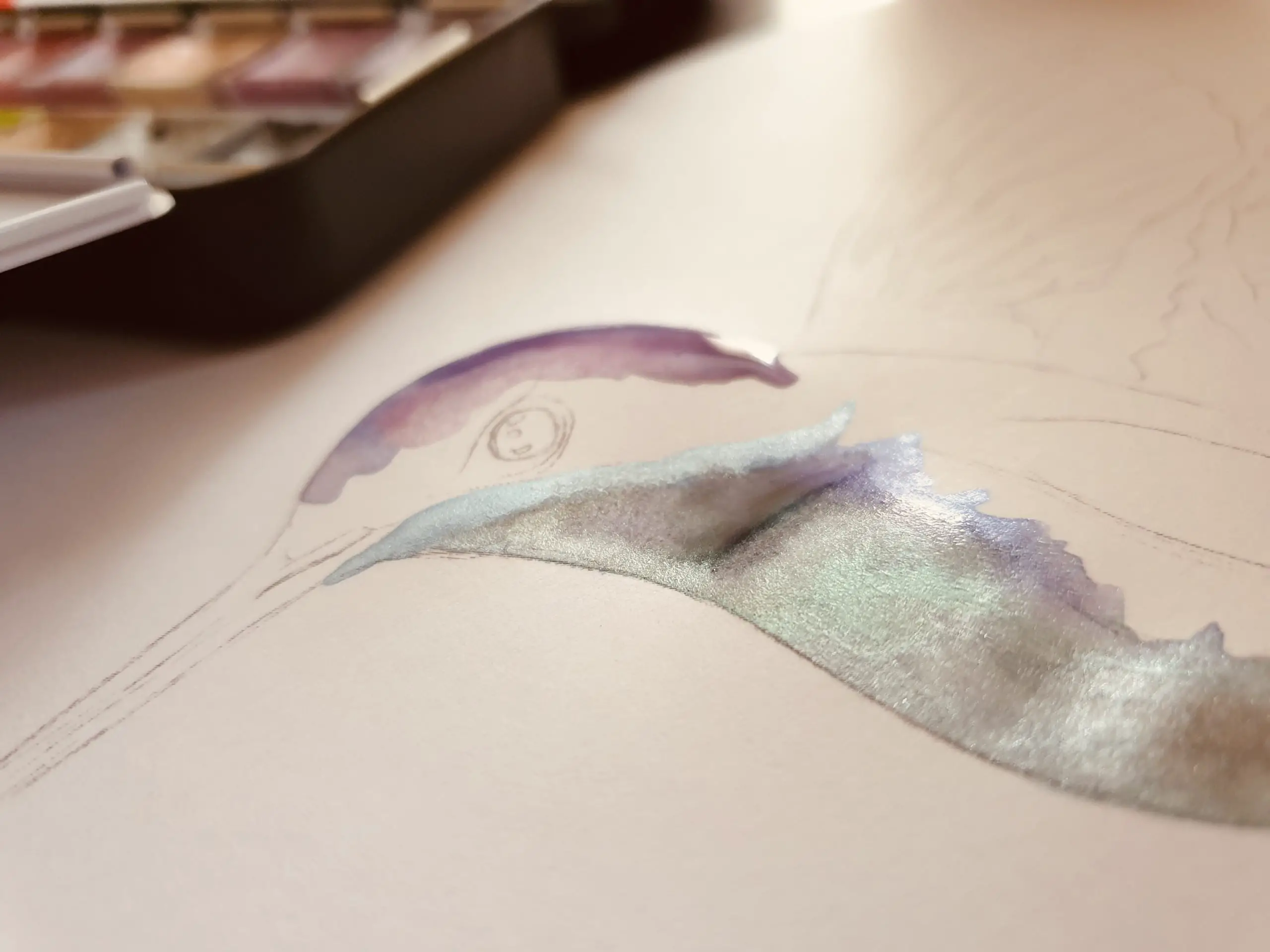Watercolour painting is one of the best mediums for new artists to work with that has so much potential for creativity. But what if you want to make your watercolour paintings go to the next level and make them look more magical?
Watercolour painting is one of the most popular art forms. It’s fun, it’s inexpensive, and it allows for a wide range of creative techniques. Just about any artist can embark on a watercolour art journey including new artists and experienced artists alike.
However, if you’ve never tried watercolour painting (or are looking to spruce things up) you’re in the right spot. This guide will walk you through how to embark on your watercolour painting journey and includes several magical techniques to take your painting to the next level.
1. Purchase & Use the Right Tools
First and foremost, you’ve got to use the right watercolour painting tools as a new or experienced artist, in order to be able to best manipulate this painting style for you. Luckily, watercolour tools and paints are inexpensive. A quick trip to your local craft store should cover the shortlist of materials that you’ll need below:
- Watercolour Paints: Purchase a quality set of watercolour paints with a good variety of colours so that you can mix your palette. You may also opt to buy individual paint pots but many beginners find the sets to be the easiest way to start (and the easiest type of material to store).
- Watercolour Brushes: Consider a basic watercolour brush or a couple of different sizes as a new artist. Opt for a quality brush that you’ll be able to get some mileage out of when using the proper care techniques. You will also want to choose a brush that has a comfortable weight and feel in your hand to make you the most comfortable as a new artist.
- Watercolour Paper: Along with paint and a brush, the right paper is a major key to creating beautiful, layered, magical watercolour paintings. You don’t need the fanciest watercolour paper – but, you do need specialized paper material to ensure that your paint adheres and blends well over the surface. Watercolour paper is also better at soaking up excess water and dries flatter than other types of craft paper.
2. Create a Colour Reference Chart
Time to orient yourself with your new watercolour paints and find the variations that feel magical to you. Set up a piece of watercolour paper and begin mixing small swatches in square shapes over the paper. Keep track of how you’ve mixed each colour so that you can recreate each colour in the future. Your colour reference chart is the best way to get a feel for how your colours blend and work together. Find colour palettes that match your aesthetic as an artist and that speak to you!
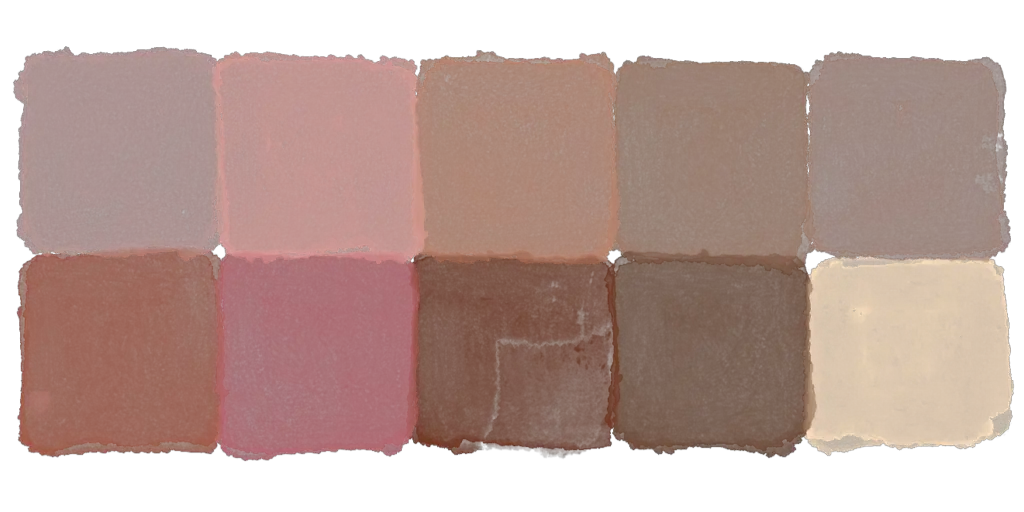
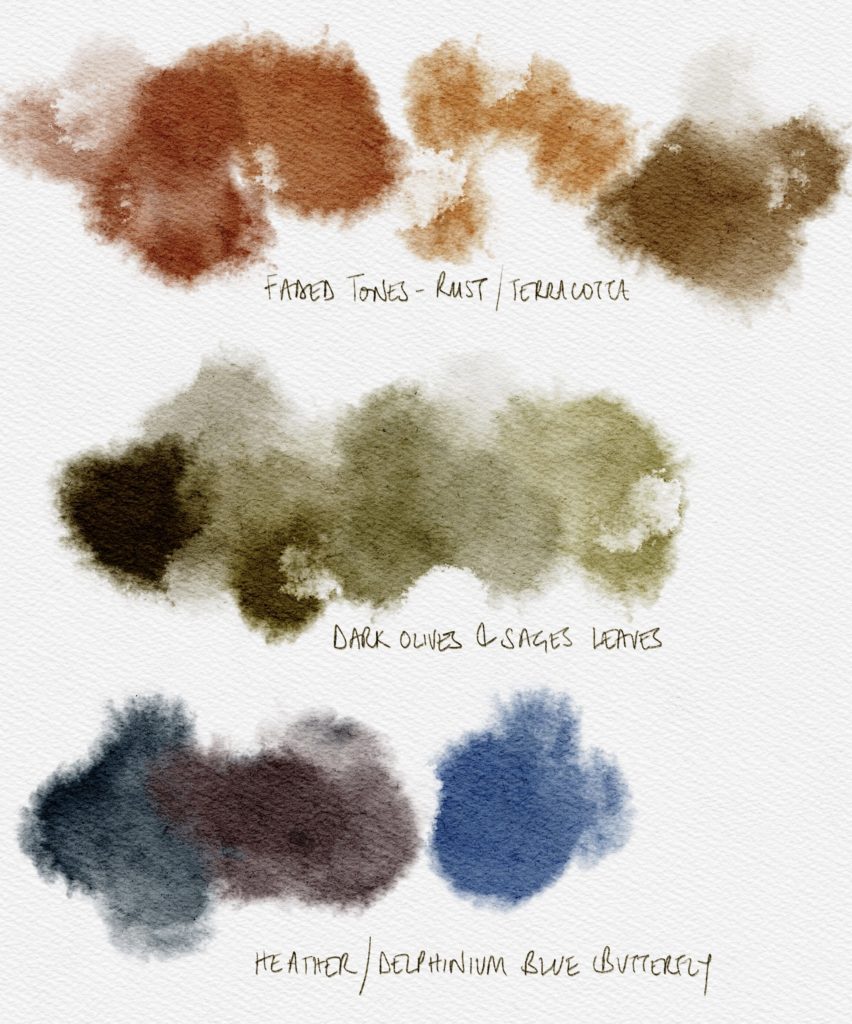
3. Intimidated by Colour? Try Monotone Layering!
You can create a dreamy watercolour painting by simply using one or two colours that speak to you. Work on your layering technique by watering down the pigment and building it up on your paper over time. Allow drying time between layers depending on the effect that you’re going for. Layering in a monotone fashion can create a magical effect that is impactful and often hard to fail at.
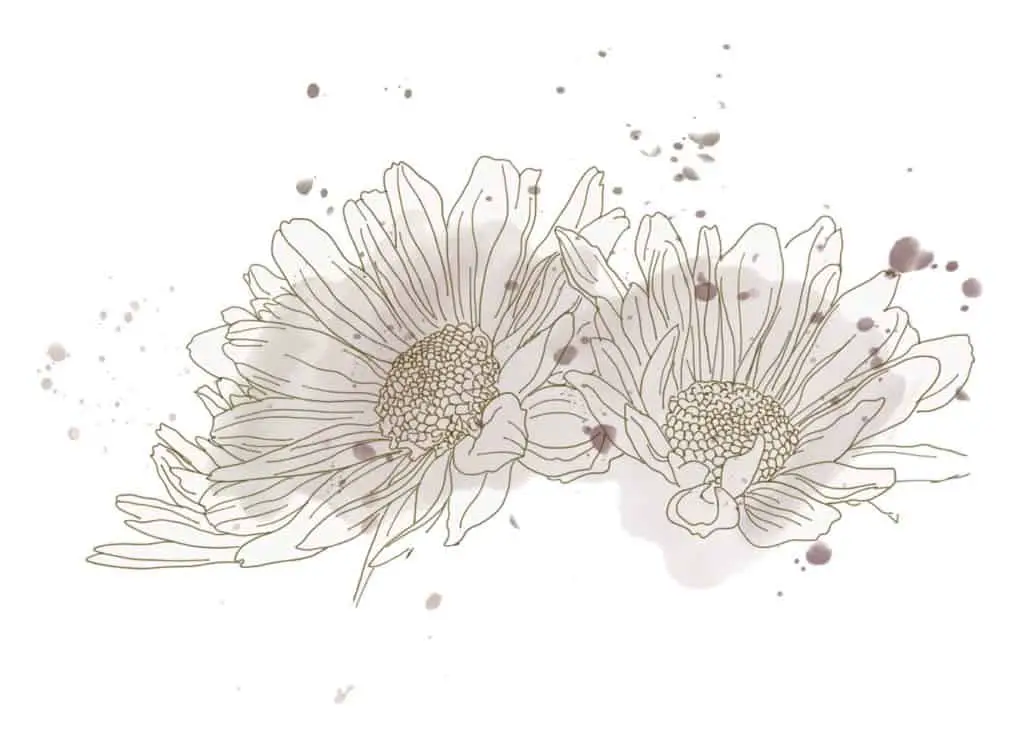
4. Keep it Simple By Layering Abstract Shapes
Experiment further with your layering technique by choosing 3-4 colours that work well together. Begin with the first colour and create several shapes on your watercolour paper that are all similar (bean shape, circle shape, small squares, etc.). Allow the first layer to almost completely dry before taking your second colour and layering the same shape on top in random spots. Continue that process until you’ve filled your canvas or are satisfied with how your simple shape layering piece has turned out.
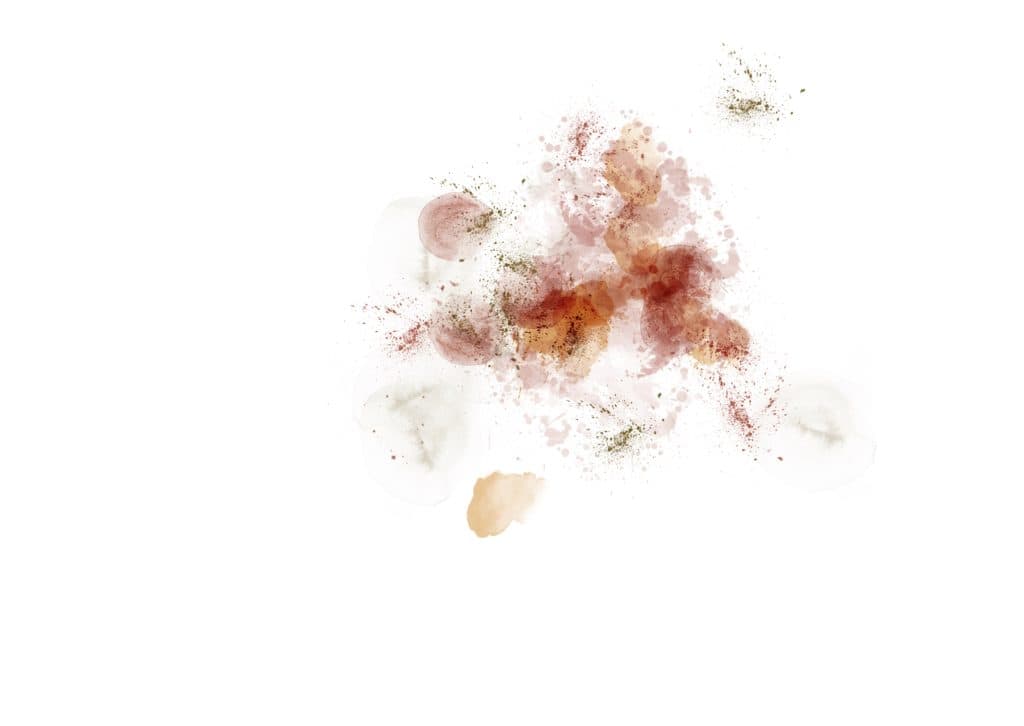
5. Mix Dry Brush & Wet Brush Techniques
It’s called watercolour, but it should be noted that there is a wide range of wetness that artists paint at. For a soft and blended look, artists will use a wet brush technique. For a harsher, louder painting you can try a dryer brush. Using both techniques on a single painting will take it to the next level and may help add to the magic of your art! Experiment with combinations of wet and dry brush strokes.
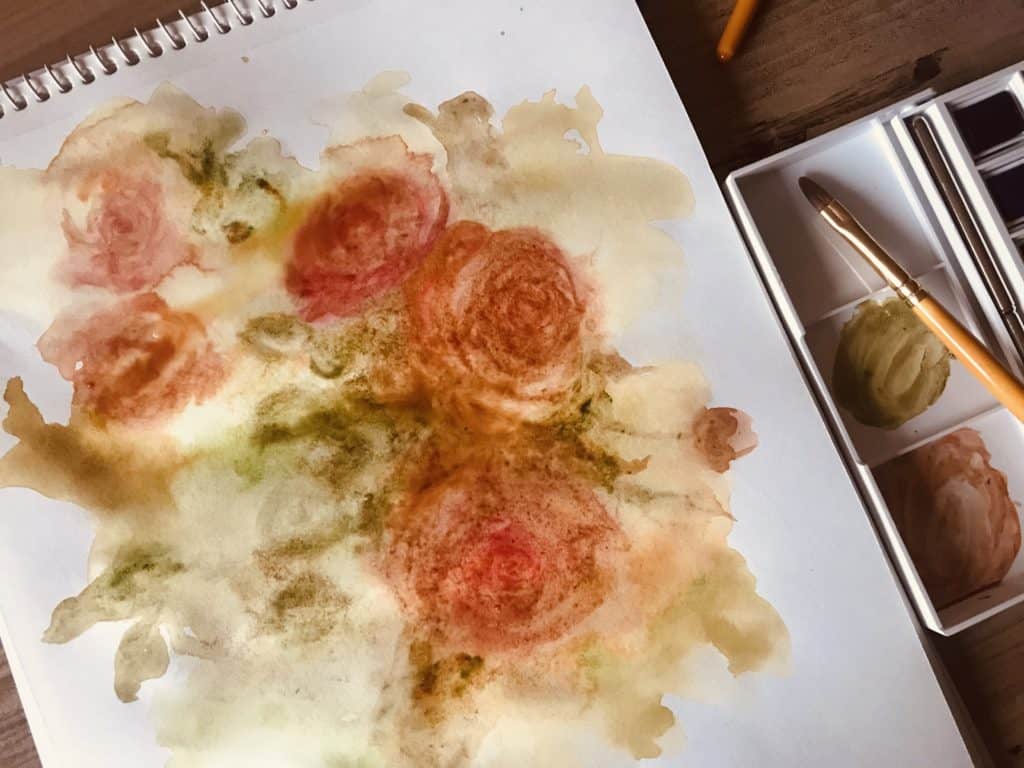
See also: How To Paint Loose Watercolour Flowers
6. Use Masking Tape for Geometric Lines
If you’re looking for a clean line border on the edge of your painting, use masking tape. You can also use the masking tape technique at any stage of your painting to create a geometric look. Layer masking tape onto your paper after a flat wash background to preserve your original colour. Paint over top of the masking tape to create strong lines that will contrast with the beautiful blended watercolour aesthetic. Pretty magical sounding.
7. Sprinkle some Salt to Boost the Magic
Yes, inexpensive table salt is a fantastic tool when experimenting with watercolour techniques. After spreading a heavy wash of colour on your page, spread some salt generously across the page. Let your painting dry overnight before returning to finalize your art piece. Once you’ve wiped away the excess grains of salt from your dried paper, you’ll note a magical effect! The salt creates a sandy and grainy texture across your page. It also creates a “cracked” effect in the colour. Salt is a cool way to experiment beyond your typical paint and brush watercolour painting setup!
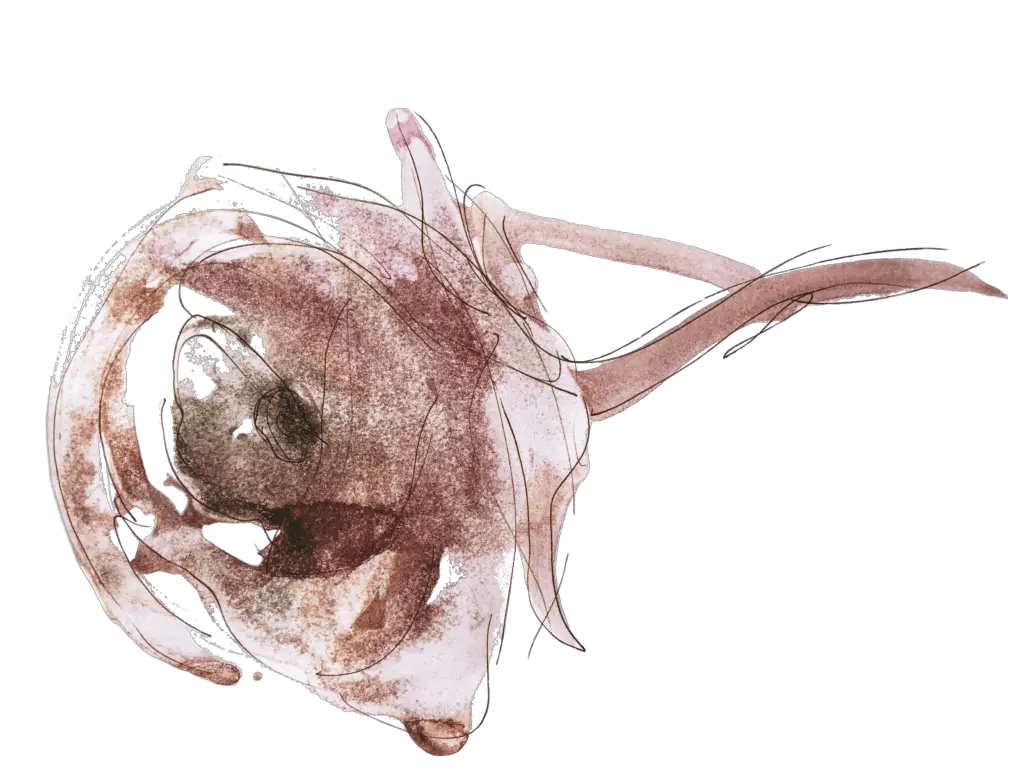
8. Use a Splatter Effect to Increase Dimension
Watercolour paints are versatile beyond beautiful washes and gradient colours. Try a splatter effect from close range or a distance to add dimension and magic to your paintings. This is a really fun way to let off some extra energy (and can be great in the right setting with kids too). Give this technique a try the next time that you need to shake off the nerves or jitters ahead of painting fluidly. Surprise yourself by finding an old piece that you thought was finished, wash it lightly with water, and splatter it with a new colour! You may be surprised by the results.
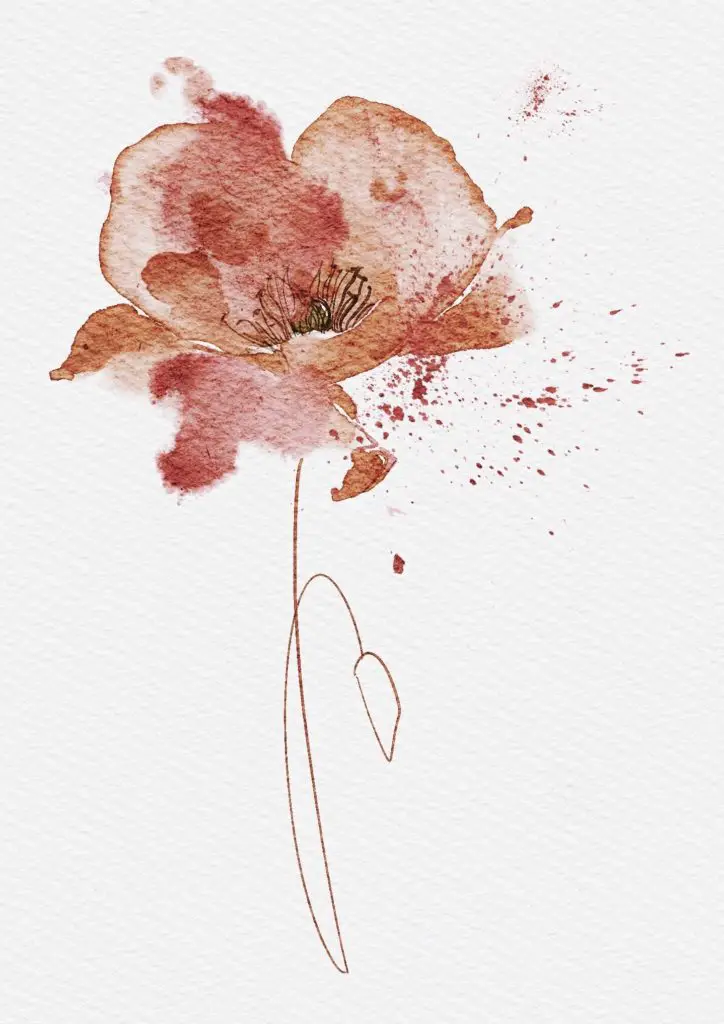
9. Lift Damp Paint with Saran Wrap for a Dimensional Effect
There are a few ways to lift damp paint from a page. Most involve plastic (sometimes balled up paper). Saran wrap is a great and inexpensive tool to add dimension to your watercolour painting. Like the salt method, begin with a pigmented wash that’s fairly damp. Place a sheet of saran wrap on top of the painting and crease or crinkle it on top of the painting. Set your watercolour painting aside to dry and watch how the colour pools beneath the plastic for a magical textured effect.
10. Create a Magical Tie-Dye Effect with Rubbing Alcohol
Watercolour and rubbing alcohol are like oil and water. After painting a wash of colour, try dropping alcohol onto the wet surface and watch the mesmerising effect it creates. If you’re looking for a stunning way to add texture, dimension, and magic – rubbing alcohol is the way to go!
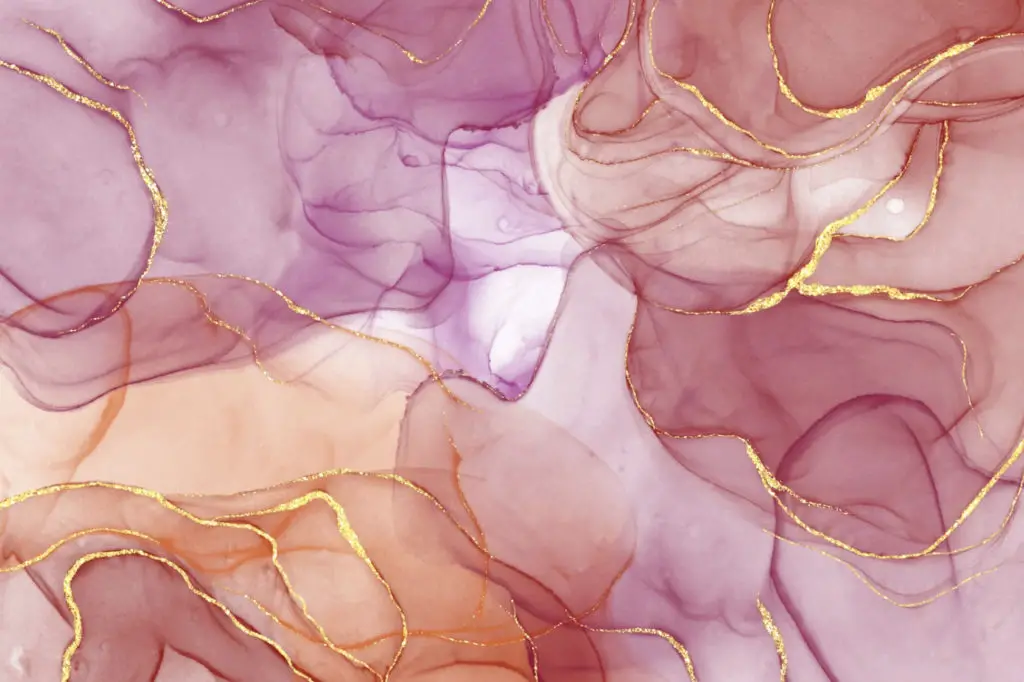
11. Try Crayons for Wax Resist Effect
Almost everyone has tried this technique when learning to paint in childhood. Using a crayon (coloured or white) you can create a watercolour resist technique by simply drawing on your paper ahead of painting. You can build some fairly neat textures by using this technique and layering a few paint colours on top.
12. Create Contrast with a Sharpie or Black Ink
Create a stained glass effect by using a black ink marker or Sharpie on your dried watercolour. The contrast between the magical colours and the harsh black lines are incredibly unique looking. This can be a fun way to create mixed media projects as well.
Using a similar technique, new artists who have a great imagination and a hand for doodling can opt to randomly paint with one or two watercolours on a canvas. Blob colour throughout and make it swirl with obvious shapes. Allow the piece to dry and return the next day with your black marker. Look at the watercolour wash and see if there are any shapes or images that jump out. Just like looking at clouds in the sky – can you create any beautiful images based on the coloured blobs on your paper? This can also be a really fun activity for kids because of their creative imaginations.
13. Use a Stencil or Pressed Texture
Do you have items around the house that may create a unique texture when painted and pressed on a wet watercolour canvas? Check out leaves or fabric as potential pressed textures for watercolour painting. Wash your canvas in colour and then layer on watercolour paint with a stencil or an item that provides an interesting texture when pressed to the canvas. This one can also be really fun if you’re learning to paint as it can provide direction with a blank canvas.
14. Try Iridescent, Pearlescent Shimmer & Metallic Watercolour Paints
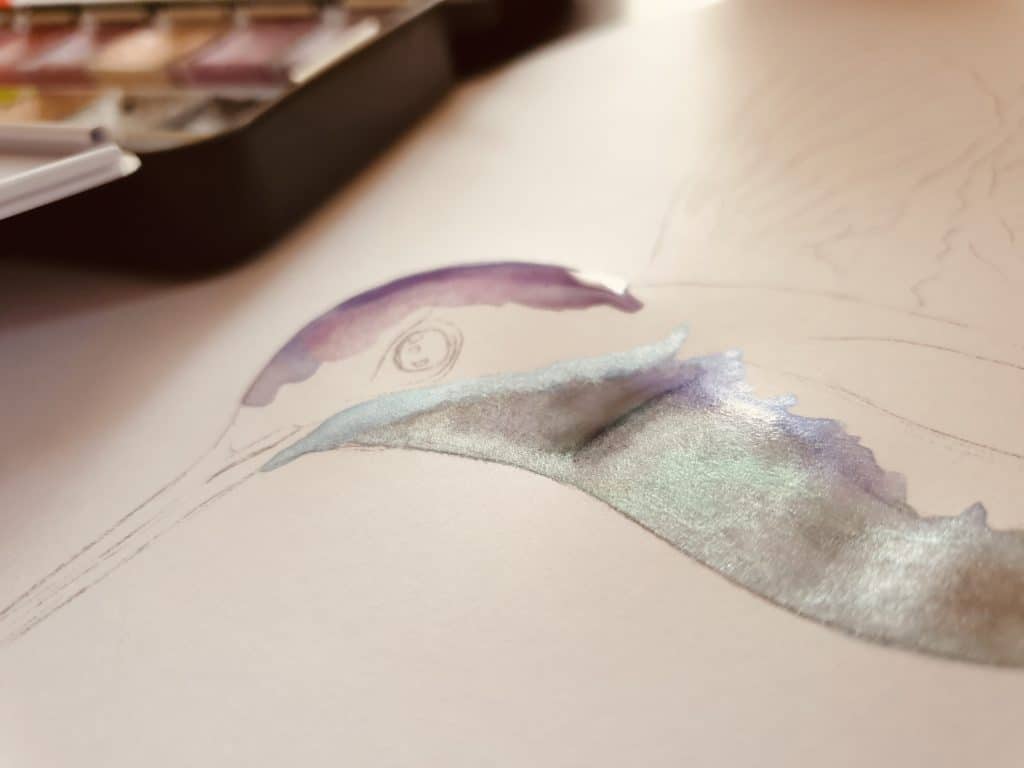
See also:
- How To Use Pearlescent Watercolour
- How To Paint An Iridescent Watercolour Dragonfly
- How To Paint An Iridescent Hummingbird
Remember that Art is Magically Imperfect!
If you’re finding that the perfectionist in you seems to be holding back your creative ability – try some of these techniques to break down your walls. If you have kids or family members in your life that need a creative outlet, ask them to spend an afternoon with you trying some of these watercolour techniques. Spend time learning to paint with watercolours together.
Remember that art is never about being perfect. It’s about doing your best and following your creative impulses. The greatest artists focused only on their unique magical aesthetic – never on what society told them was beautiful. Make your watercolour painting and techniques your own.
See also:
- 14 Ways To Make Your Watercolour Paintings Look Magical
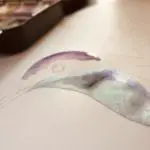
- Step-by-Step Watercolour Painting Tutorial: Peach Rose (In Procreate)
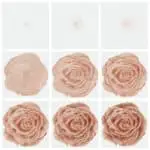
- Step-by-Step Watercolour Painting Tutorial: Flower Branch With Blue Butterfly (In Procreate)
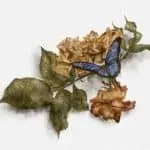
- Inspiration From The Natural World To Begin Painting With Watercolours
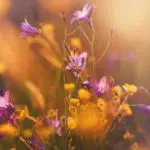
- Can I Take Watercolour Paints On A Plane
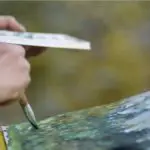
- Can You Varnish Over A Watercolour Painting?
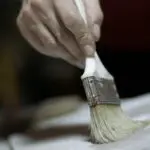
- Is Watercolour Painting Difficult?
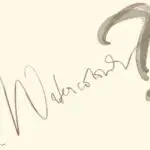
- Can You Paint On Linen Canvas?
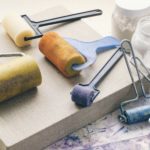
- Should I Paint On Canvas Or Paper?
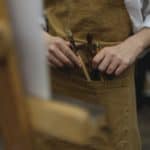
- Can You Do Watercolour Painting On Canvas?
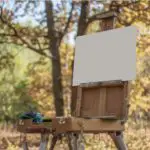
- Canvas Painting For Beginners: 6 Paints To Use On Canvas In 2022
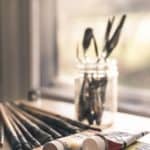
- 5 Key Differences Between A Cotton & Linen Canvas

